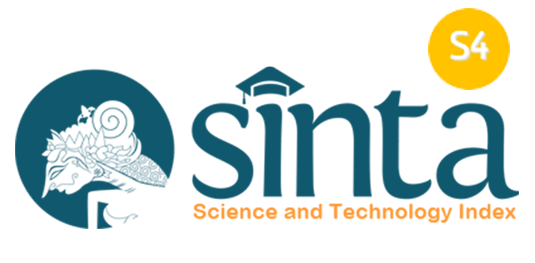Descriptive Study: Overview of Diastasis Recti Abdominis Incidence in Postpartum PKK Mothers in Jimbaran Village
Abstract
Introduction: Pregnancy is a significant event in a woman's life, leading to both physical and psychological changes. One physical change is the stretching of abdominal muscles due to the increasing volume of the uterus. This stretching along the midline of the body is known as diastasis recti abdominis (DRA). DRA often occurs during the postpartum period. Untreated or unresolved DRA can lead to various health problems, such as lower back pain and postural issues. This study aims to provide an overview of DRA incidence in postpartum PKK mothers in Jimbaran Village.
Methods: This research used a descriptive observational method with a cross-sectional approach and purposive sampling technique. The sample size was 111 subjects who met the inclusion and exclusion criteria. Data analysis was performed using univariate analysis.
Results: The participating samples were postpartum PKK mothers in Jimbaran Village aged 20-40 years, mostly with a normal BMI, and primarily primiparous. Fewer DRA cases were found in this study. The highest incidence of DRA was observed in the 36-40 years age group, multiparous women, and those with an obese BMI category.
Conclusion: This study concluded that the incidence of Diastasis Recti Abdominis, particularly mild DRA, was found in 13 out of 111 respondents (11.7%). The study underscores the importance of weight management and postpartum health monitoring to reduce the risk of DRA. Further research is needed to explore other risk factors and underlying mechanisms of DRA occurrence.
Keywords: diastasis recti abdominis (DRA), postpartum mothers, maternal age, body mass index (BNI), obesity
















